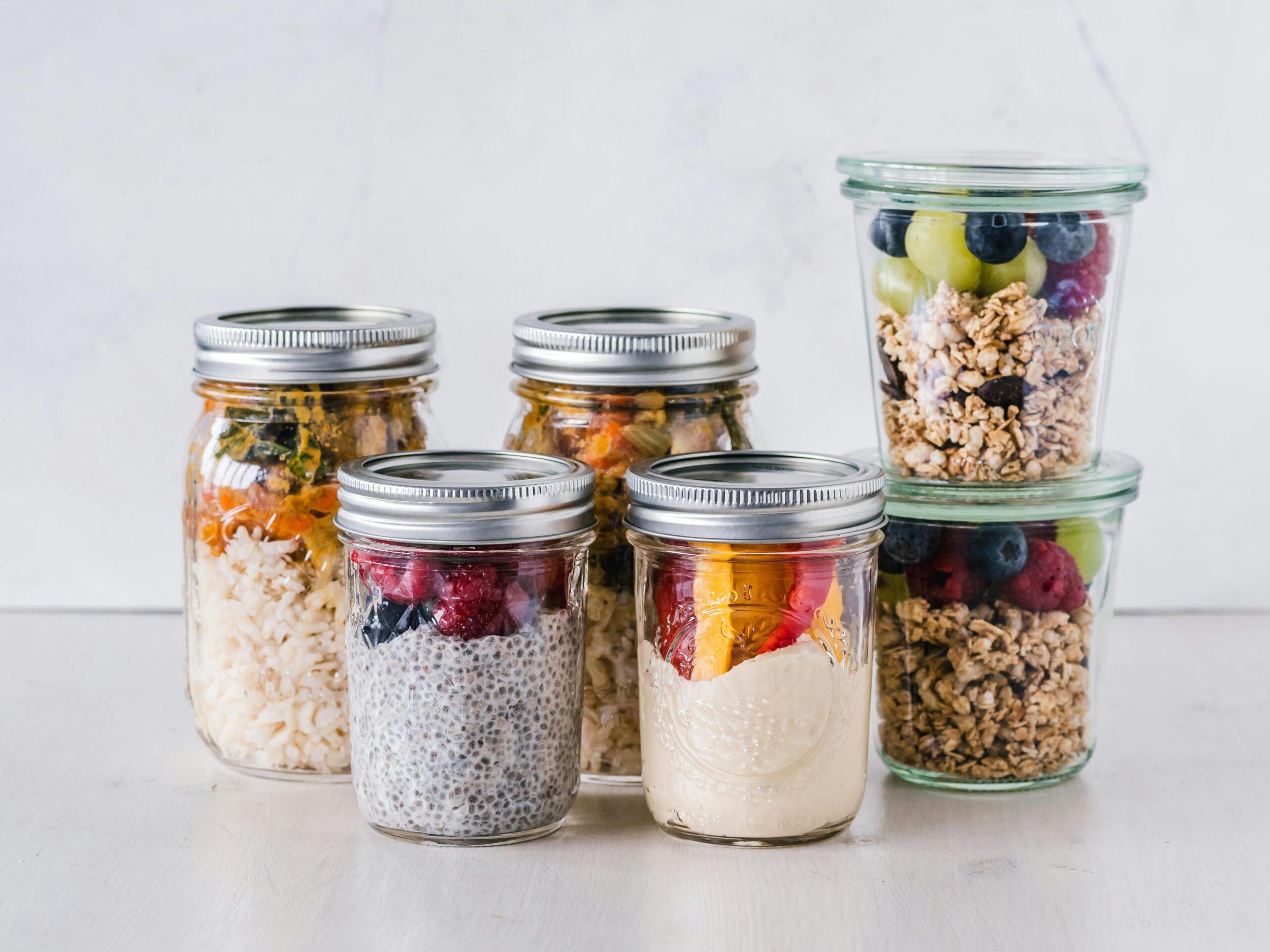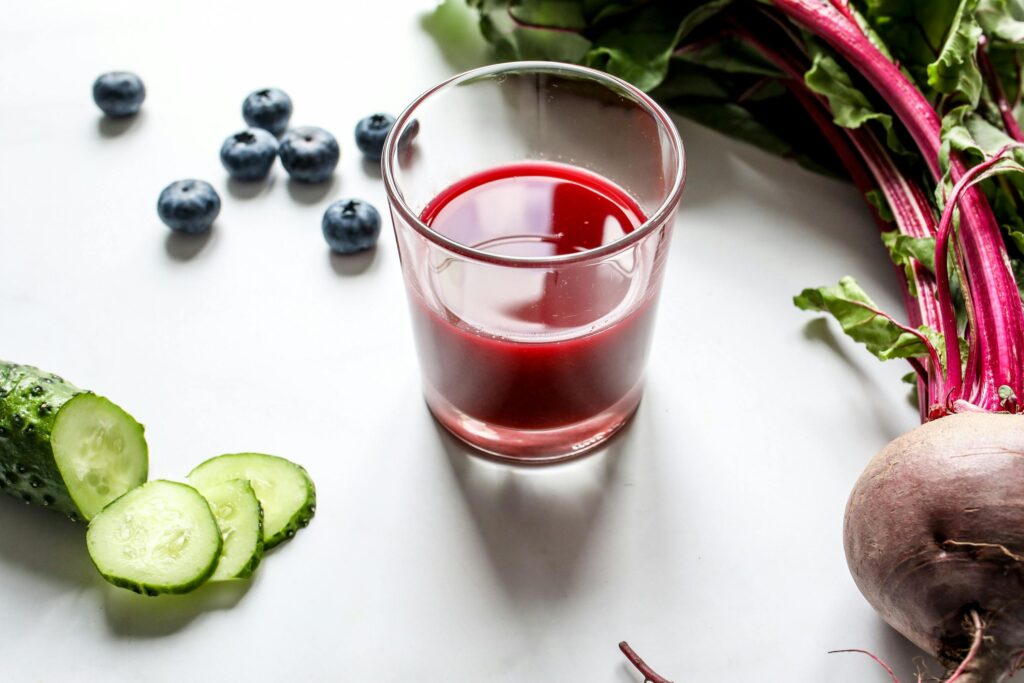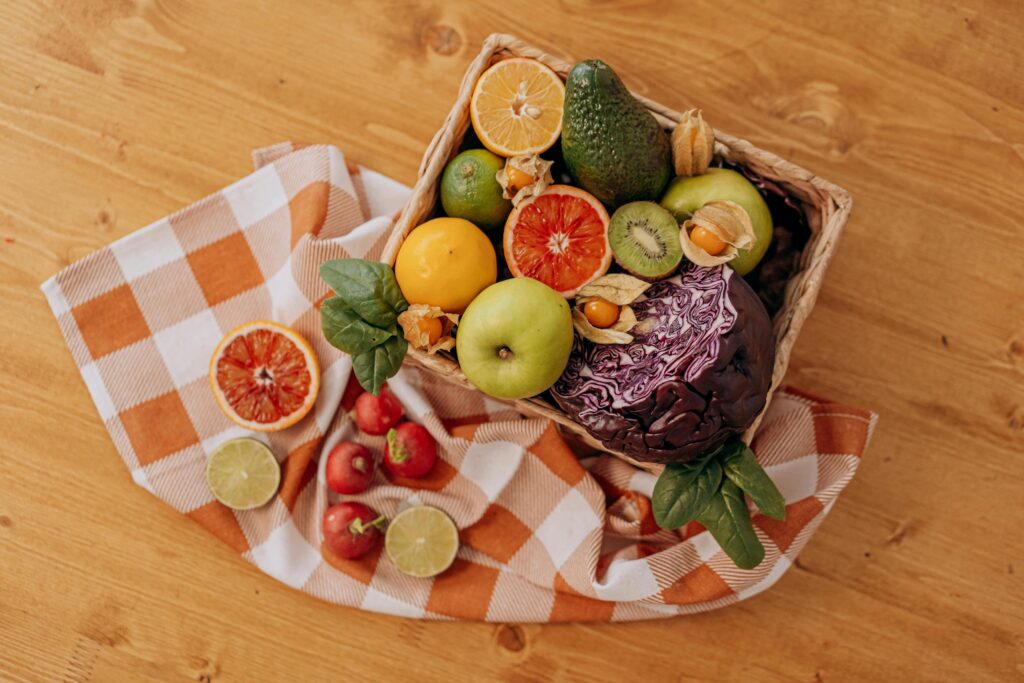The 90-10 Rule for eating balanced sweets and treats with healthy foods may help you manage sweets and treats in your child’s life.
Managing sweets and snacks in their children’s lives has become a common concern for parents. Our children’s modern diet is full of sugary, sweet, and high-fat fried foods (or occasionally both! ), and it might be difficult to balance between them.
What Makes Something Sweet or Treatable?
Treats and sweets are foods that are heavy in fat or sugar and result in calories. They are low in nutrients and strong in flavor. Fried meals, soda, sweets, packaged chips, cupcakes, cookies, and birthday cakes are a few examples.
Children find them attractive because they are tasty and appealing. These foods can be tricky in a child’s diet because, when used regularly, they can move the balance of health towards unhealthy.
It’s not necessary to completely exclude them from a child’s diet, despite what some parents believe. Limiting sweets and treats too much can cause damage. When food is available, children can get it or overeat it because they feel that this is too limiting.

What does the 90-10 Rule for food mean?
Many children depend on sweets to get through the day. These delicious foods can be found at services, on sports fields, at school, at friends’ homes, and more. The 90-10 Rule separated healthy foods from treats and sweets and established a balanced diet that can also be pleasant.
Selecting meals, identifying them, and deciding the what, where, and when of eating sweets and treats is made simple by the 90-10 Rule. What’s the best? Children can understand this idea and start using it.
Get More Colorful Foods
Prepare your kid’s meals and snacks before the time and fill your kitchen with nutritious options. Healthy food options are frequently more colorful than unhealthy ones. White (or colorless) foods, such as sugar, white flour pasta, and even white rice, are most likely overprocessed and extremely low in nutrients.
White foods that are natural and unprocessed, such as turnips, cauliflower, onions, white beans, and white potatoes, are not included in this group. You can avoid child excessive eating and make decisions that support your objectives by purchasing vibrant foods at the supermarket and reducing uncertainty during mealtimes.
Healthy Eating and Portion Control
Controlling portion sizes is essential for calorie intake management. Oversized servings or being distracted at mealtimes make it simple to overeat. Slowing down, focusing on fullness and hunger signals, and enjoying every meal are all parts of healthy eating. You may provide better food intake and prevent impulsive snacking by paying attention to the child’s health.
Managing Treats and Sweets in Your Child’s Diet
Families found it to be helpful, simple to understand, and useful to apply. The idea was easily understood by children, who then started to choose carefully what sweets and treats to eat and when.
The 90-10 Rule can be used for your family in the following ways:
Step 1: Select Meals and Snacks That Are Essentially Nutritious
The list of nourishing foods includes:
- Sources of lean protein include beans, cattle, chicken, lamb, and eggs.
- Dairy goods include milk and dairy products like cottage cheese and yogurt
- Fruit (all types; a few cups of 100% juice)
- Vegetables (fresh, dry, canned, and frozen varieties)
- Whole grains, including rice, pasta, whole grain cereal, and whole wheat bread
These nutritious foods should make up for ninety percent (90%) of your child’s daily meal intake.
Step 2: Identify Treats and Sweets
Find out the sweets and treats that your kid usually eats, such as:
- Sweet tea, lemonade, and other drinks with added sugar
- Desserts such as ice cream, brownies, cookies, cake, etc.
- Fried foods, including onion rings, chicken nuggets, French fries, tortilla chips, and potato chips
Step 3: Determine the Food Balance.
Discuss with your child what treats and sweets will be consumed during the day and at what times.
- Sweets and treats often make up 10% of your child’s daily diet.
- For the majority of healthy, developing children, this equals an average of one or two sweets or snacks per day.

How to Apply the 90-10 Rule in Real Situations
Make sure your child knows which meals belong in each category and which they should eat the most when you begin applying the 90-10 Rule. Allow your kids to select the candies or snacks they want whenever possible. They will feel more in charge and develop their independence as a result.
At a Party
After the school play, your child enjoys a party with a lot of delicious food. What you can do is as follows:
Explain what will be offered, such as ice cream, soda, and snacks. Encourage your kids to select their favorite foods and sweets. Which will it be—the ice cream or the soda? Offer the food that they find most appealing and significant.
At athletic events
As usual, Brent gets a slushy drink from the cafeteria room while playing baseball in the afternoon. He has long applied the 90-10 rule. Knowing that he already chose a treat at the ballpark, he refuses the bowl of ice cream for dessert after dinner.
Wouldn’t it be simple to get rid of treats and sweets?
As parents, we are aware that there are many choices for snacks, sweets, and treats all day long. It is not ethical, possible, or helpful to get rid of them. Food restriction, or strictly controlling food, particularly sweets, is a useless feeding technique, as we have already discussed. According to research, certain kids may grow more receptive to and drawn to foods that are limited or prohibited, and they may steal when given the chance.
The secret to healthy eating is to balance the diet with a lot of nutritious meals and little in the way of sweets and treats. It combines the best of both worlds: nutritious, well-balanced meals for health, growth, and development with luxurious foods to satisfy cravings and teach kids how to balance these foods in their diet.
Fried foods, sugary drinks, sweets, and snacks will not go away. They are and will be well-known in the modern world. Your child may experience food difficulties if you attempt to carefully control treats or their eating habits.
Benefits of the 90-10 Rule for Life
Allowing your child to take a moment to consider her meal plans for the day will help her develop her ability to plan and make eating decisions. This means that you are giving your youngster some control over the meal choices. Since children think in black and white, the 90-10 Rule makes sense to them.
Children have no trouble identifying sweets and rewards. They can choose which fun foods to eat and enjoy the flavors to the fullest. One lifelong talent is the ability to make healthy, purposeful food choices.













